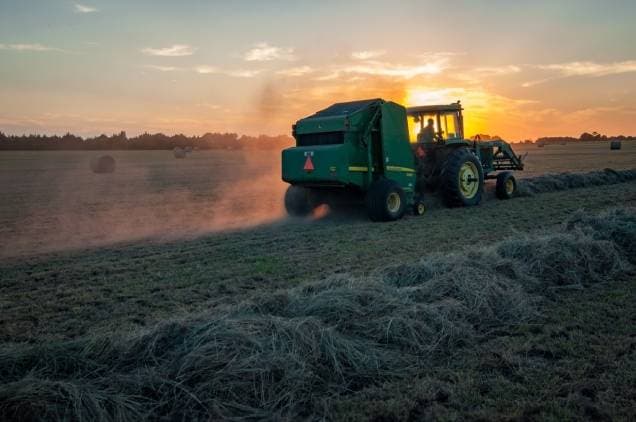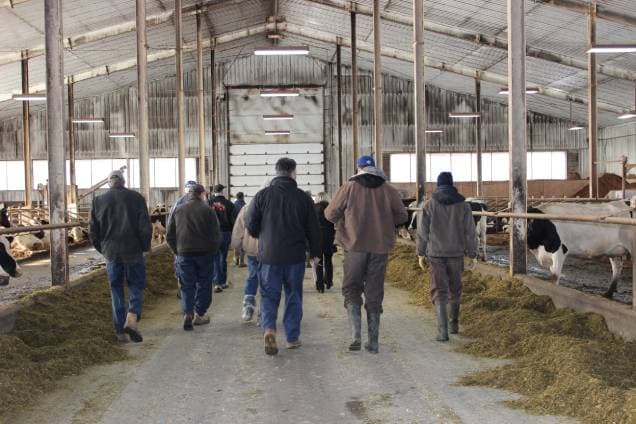The International Society for Agriculture Safety and Health (ISASH) conference was June 21, 2021 to June 24, 2021 with a great lineup of speakers.
I was intrigued about the of Safety Culture on the Farm session as I have always pondered why incidents still happen even though the worker was trained and knew correct protocols but still chose to act outside of the training and protocol. I attended a session with Stephen van den Broucke of Belgium and Ryan Klastaske from the United States to learn their perspectives on the topic.
A point to ponder, before I go further, how do you define safety culture on your farm? Few incidents, minor incidents, or perhaps safety initiatives, and an all-employee level of participation?
Motivational Theory
Stephen van den Broucke of Belgium indicated that there are a few ways to address health and safety problems on farm to include addressing the consequences of unsafe behaviour and addressing the causes and therefore focusing on prevention through engineering, enforcement, and education. He also spoke to building the evidence base for effective farm safety programs by:
- Identifying behavioural risk factors.
- Specifically looking at what leads to Ag based fatalities.
- Behaviours resulting in serious injury.
- Analyze the determinants of unsafe or unhealthy behaviour.
- Psychological factors to include cognitive factors, motivations and attitudes as well as stress.
- Environmental factors to include the physical and social environment.
- Develop and test interventions to influence health related behaviour.
- Investigate conditions for successful implementation and sustainability.
We took a closer look at Motivational Theory of factors influencing risk behavior:
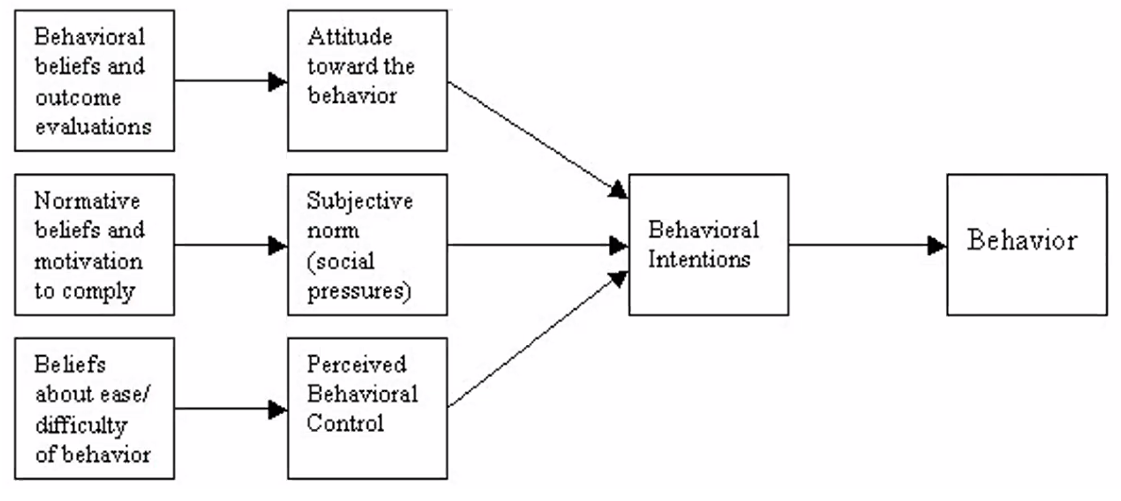
And then took another look at what this model would look like once more variables were considered. Here is a look at the extended motivational theory of factors influencing risk behaviour.
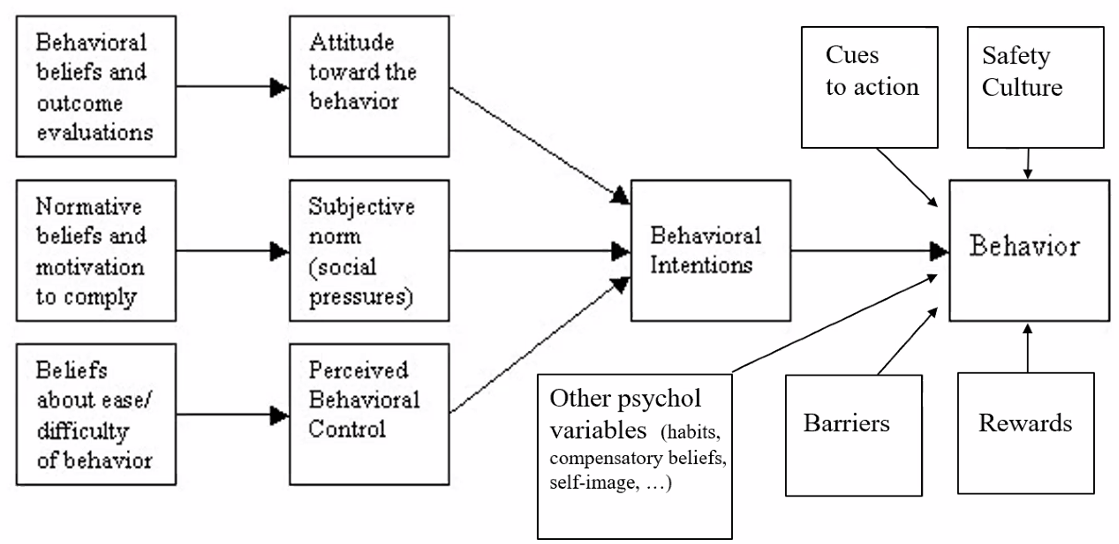
Looking at this model, what factors are influencing your safety culture on farm?
Ethnographic Approach
Ryan Klataske, PHD research involves in depth look at those working in cattle feedyards and how to improve the health and safety of the workers in this environment. Ryan takes an ethnographic approach to his research meaning observing and watching the workers perform their tasks but also sometimes doing the work himself to get a better perspective on their experiences.
A big part of having an ethnographic approach to safety culture is:
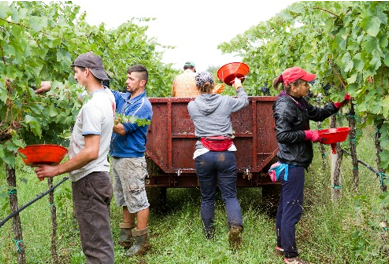
- Asking questions
- Making connections
- Suspending judgement
- Observations
- Participating
He says the benefits of this approach is a holistic understanding of the work and the worker performing the work, “insider” perspective and experiences, and consideration of culture and context. He mentions it is important to learn where your workers come from and what they have experienced to better understand their perspective and understand the challenges and skill set brought to the table to create a desired safety culture.
Safety Culture is truly fascinating as it is the behaviour of those who work with us and the decisions that are made that affect how safely work is conducted on the farm. As you can see from above, there are so many variables out of our control. Although, the more we learn on this aspect, the better we become at mitigating risks on the farm.


